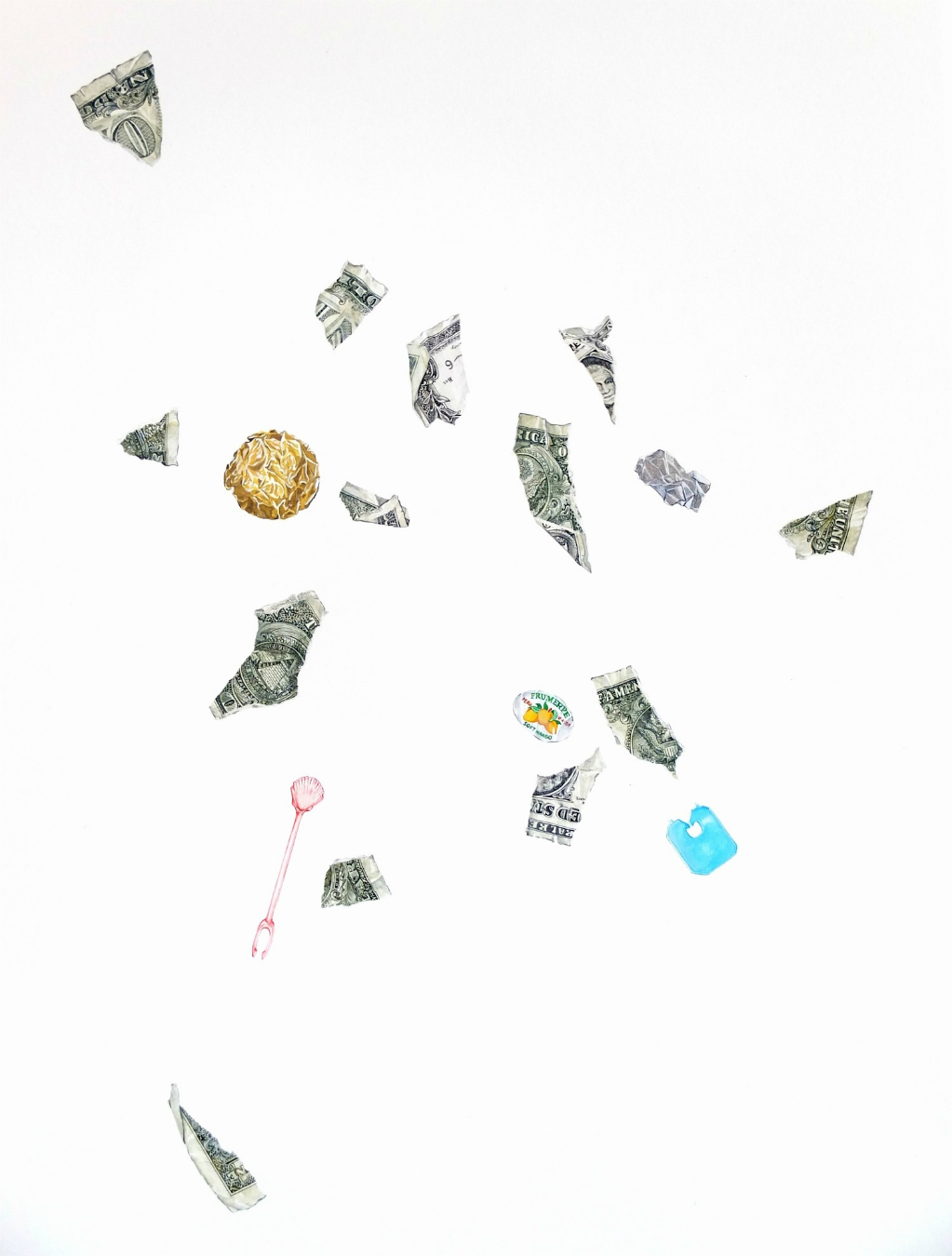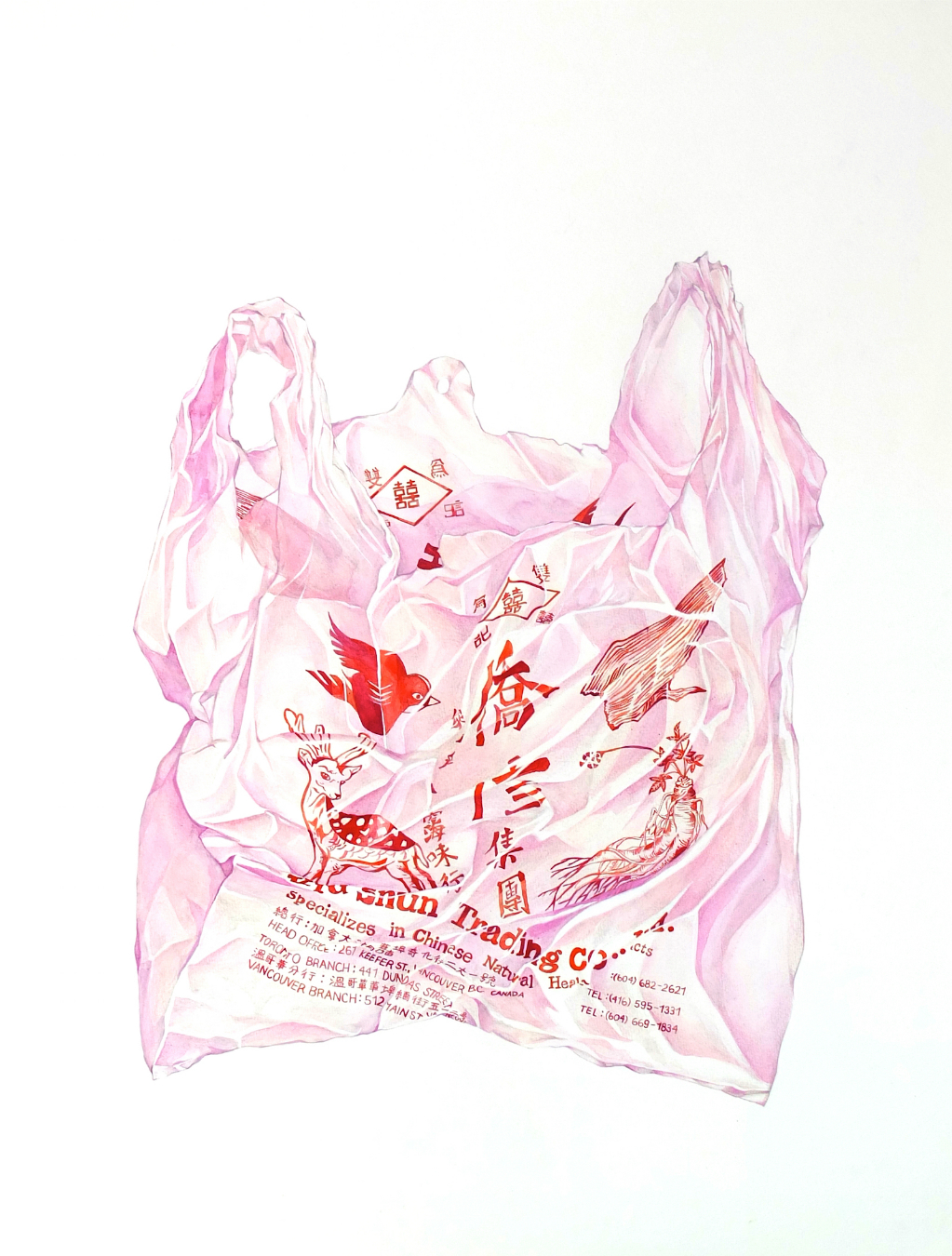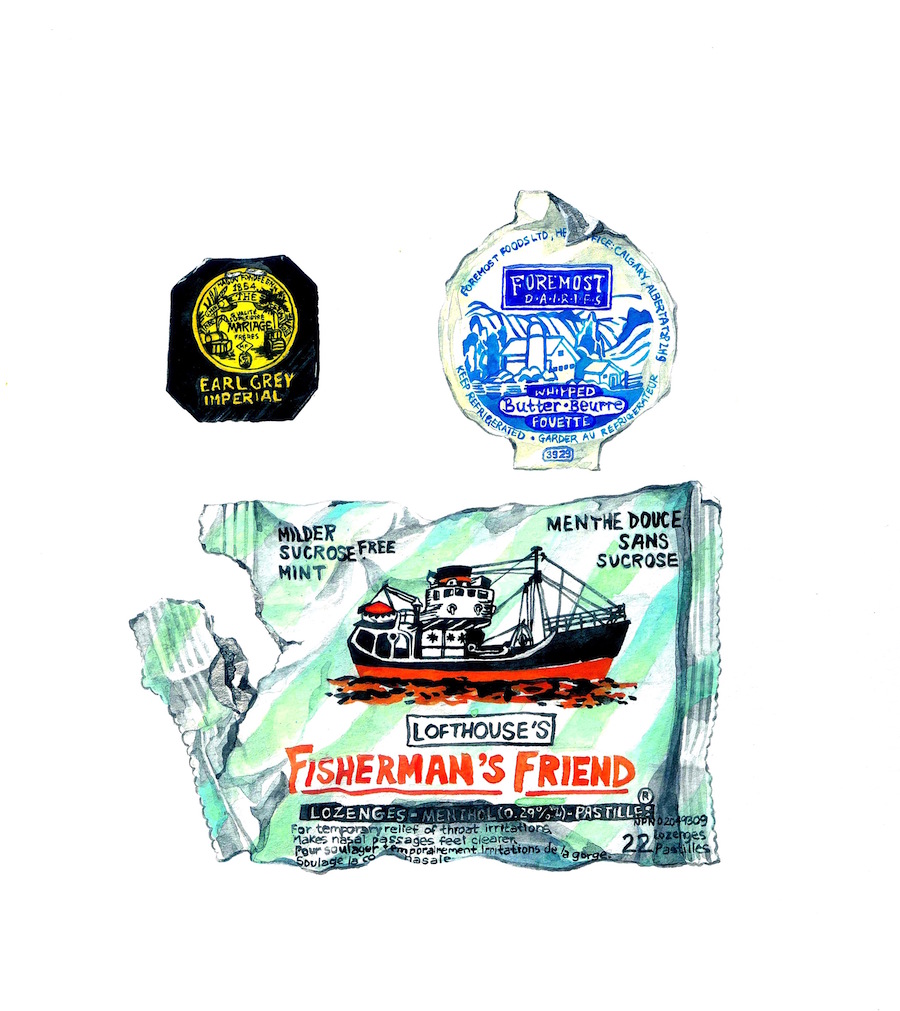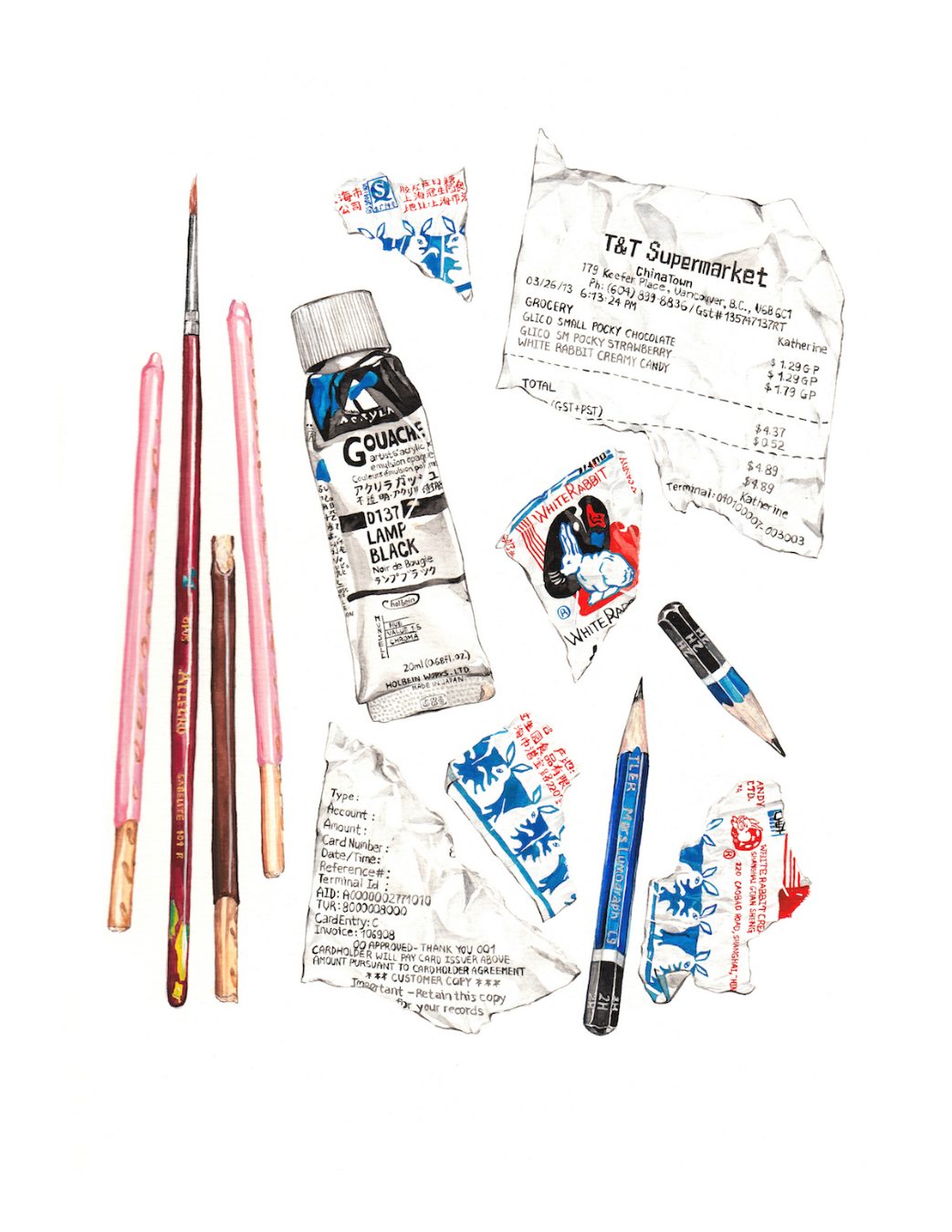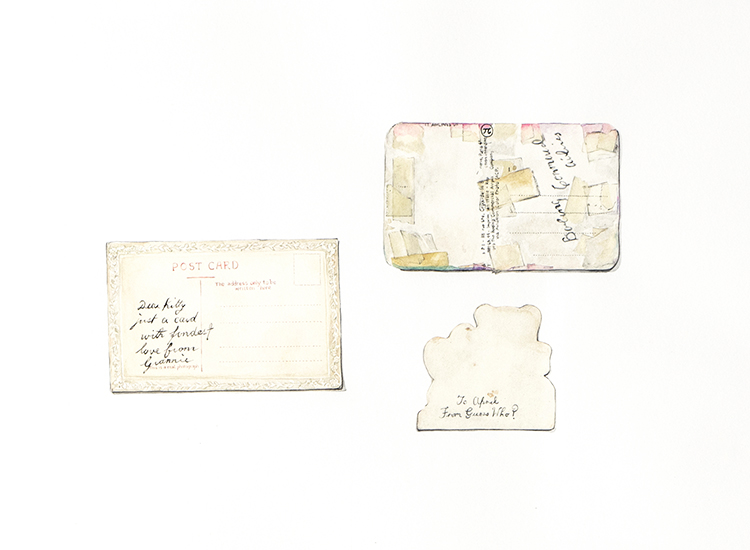Chopstick wrappers. Candy wrappers. A receipt from London Drugs. A loonie, a quarter, a retired penny. These are some of Vancouver-based artist Janice Wu’s carefully recorded subjects.
While many artists find their inspiration in grandiose landscapes or intangible concepts, Wu has focused her study on the mundane, forgotten items of everyday existence. The artist, whose commissioned clients include Lancôme, Sarah Lawrence College, and The New York Times Magazine, creates miniature still lifes often pulled from the caverns of her pockets or purses, all drawn in meticulous, considered detail. “I don’t spend a great length of time considering what to include; it’s an intuitive process,” Wu says. “The objects are drawn pretty much exactly as I see them, because drawing is a way of understanding the world for me. My work is realistic, but realism is not really the goal.” Instead, Wu’s pieces are short and sweet reflections on the objects that make up a day, and slowly, the items that constitute a life.
The amalgamation of meaning is most evident in a piece entitled Receipts, comprised of crumpled bills from regular visits to Safeway, the Salvation Army, and even a stop at UBC’s Beaty Biodiversity Museum. “Receipts is quite narrative—it chronicles a whole week I spent in the summer of 2011,” Wu explains. “I think receipts have a strange beauty in the way that their information is organized. The lines of dots and dashes to separate details, the coding of ‘x’s and asterisks, and the blocky typeface are all probable results of the graphic limitations of receipt printers, yet I happen to find these slips of paper and their varieties visually interesting.” Wu’s art is part voyeuristic, as viewers are intrigued to see what the artist herself buys at the drugstore or grocery store, looking perhaps for the mundane remnants of their own lives.
More recently, Wu has expanded into studying other people’s minutiae. Her 2015 solo exhibition at Vancouver Back Gallery Projects, Wishes, featured the same dedicated detail, this time applied to found postcards. “I came across a box of old postcards at a flea market, and when I realized that some of them had been written and sent, I was immediately struck by how intimate and personal they were,” she reflects. “The graphics of the card, stamps, penmanship of the handwriting, ink smudges, creases and wrinkles of the paper with age—all these little physical details rendered tell a story as clearly as the written message itself.” The cards condense and consolidate moments of life that are perhaps too big for their three-and-a-half-inch by five-inch confines. Stuffed in a drawer, a pocket, a bag, they wait for their tiny stories to be told.
The finer things: more from our Arts section.


